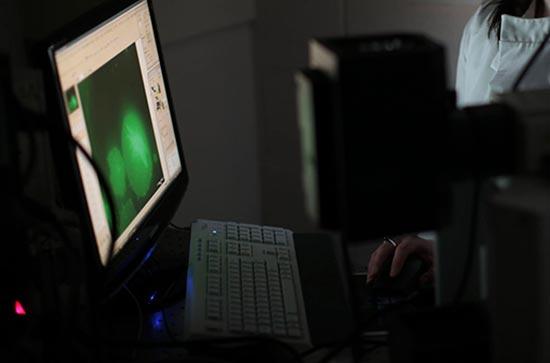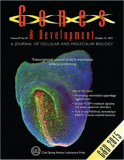Friday, October 30, 2015 - 10:45
Polycomb-like proteins 1–3 (PCL1–3) are key epigenetic determinants for the maintenance of cellular identity, the regulation of differentiation, and have been linked to the occurrence of different forms of cancer. The evolutionary advantage of having three proteins with an apparent functional redundancy in mammals is unclear. A collaborative research effort lead by Dr Adrian Bracken at the Smurfit Institute of Genetics in TCD, and now published in Genes and Development (doi:10.1101/gad.267930.115) has put a significant step forward in illustrating the functional bifurcation of PCL proteins. In this work extensive biomolecular simulations, conducted by
Dr Elisa Fadda in Maynooth Department of Chemistry, were instrumental to pin-point the structural basis for this divergence. Structural data from molecular modeling allowed the identification of two unique serine residues, acquired during recent vertebrate evolution, that confer to PCL1 its distinctive p53 binding specificity.



